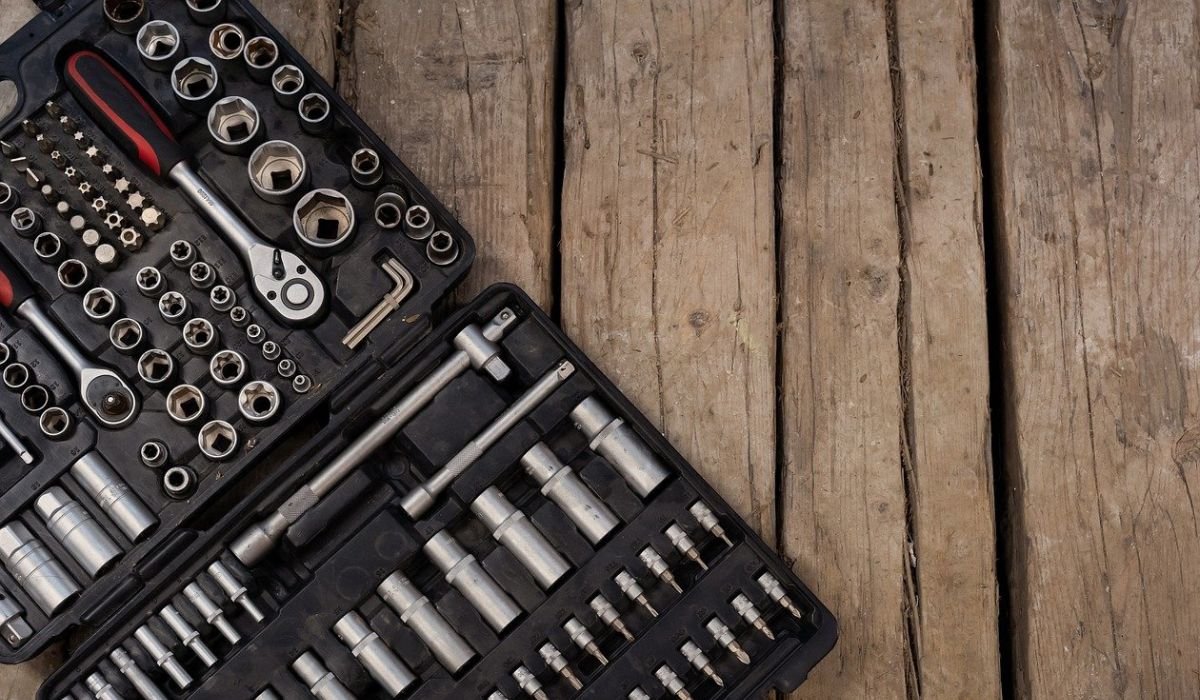Introduction
The MK7 Golf R stands as a shining example of performance engineering in the automotive world. Known for its impressive handling, responsive acceleration, and sporty design, the MK7 Golf R appeals to enthusiasts who value both style and performance. A crucial aspect of maintaining and enhancing this performance vehicle is understanding the rear rotors, particularly their size. The question, “What size are MK7 rear rotors?” is fundamental for both regular maintenance and performance upgrades. Proper knowledge of rotor size not only ensures optimal braking efficiency but also contributes to overall driving safety and vehicle performance.
Understanding Rear Rotors
Explanation of Rear Rotors and Their Function
Rear rotors are essential components of a vehicle’s braking system. They work in tandem with the brake calipers and pads to slow down or stop the vehicle. When the brake pedal is pressed, the calipers squeeze the brake pads against the rotors, creating friction. This friction slows down the wheel’s rotation, ultimately bringing the vehicle to a stop.
The size of the rear rotors plays a significant role in braking efficiency. Larger rotors generally provide better heat dissipation and increased braking power, which is crucial for high-performance vehicles like the MK7 Golf R.
Significance of Rotor Size in Braking Efficiency
Rotor size affects several aspects of braking performance:
- Heat Dissipation: Larger rotors can absorb and dissipate heat more effectively, reducing the risk of brake fade during intense braking situations.
- Braking Force: Bigger rotors provide a larger contact area for the brake pads, leading to improved braking force and shorter stopping distances.
- Wear and Tear: Properly sized rotors help in even wear of the brake pads and reduce the frequency of replacements.
Standard Rear Rotor Size on the MK7 Golf R
Official Specifications
For the MK7 Golf R, the standard rear rotor size is 312mm x 25mm. This specification is tailored to balance performance and comfort, ensuring the vehicle has responsive braking while maintaining smooth driving dynamics.
Comparison with Other MK7 Models
The MK7 Golf R shares the MQB platform with other MK7 models, such as the GTI and the Golf TDI. However, the rear rotor sizes differ:
- MK7 Golf GTI: Typically equipped with slightly smaller rear rotors compared to the Golf R, generally around 286mm x 22mm.
- MK7 Golf TDI: Also features smaller rear rotors, aligning more closely with the GTI specifications.
Factors Affecting Rotor Size
Several factors determine the appropriate rotor size for a vehicle:
- Engine Size and Power Output: Higher engine power often necessitates larger rotors to handle increased braking demands.
- Transmission Type: Vehicles with automatic transmissions may experience different braking dynamics compared to manual transmissions, influencing rotor size.
- Brake Caliper Size: The size of the brake calipers must match the rotor size to ensure proper fit and optimal braking performance.
Customization Options for MK7 Rear Rotors
Upgrading to Larger Rotors
Upgrading to larger rotors is a popular modification among performance enthusiasts. The benefits include:
- Improved Braking Performance: Larger rotors provide enhanced heat dissipation and increased braking power, which is especially useful for aggressive driving or track use.
- Better Handling: Enhanced braking performance can lead to improved handling and vehicle control during high-speed maneuvers.
However, there are potential drawbacks:
- Increased Weight: Larger rotors are heavier, which can affect the vehicle’s overall weight and potentially impact fuel efficiency.
- Higher Costs: Upgrading to larger rotors involves additional costs for the rotors themselves and possibly for new brake calipers and pads.
Drilled and Slotted Rotors
Drilled and slotted rotors are modifications that can further enhance braking performance:
- Drilled Rotors: Feature holes that help in cooling the rotors and expelling gases and dust. They are effective in reducing brake fade but may be more prone to cracking under extreme conditions.
- Slotted Rotors: Have grooves that help in channeling away gas and debris while providing better grip for the brake pads. They offer improved performance without the risk of cracking associated with drilled rotors.
Performance Brake Kits
Aftermarket performance brake kits offer a comprehensive upgrade to the braking system. These kits often include:
- Larger Rotors: Designed to fit the specific requirements of high-performance driving.
- High-Performance Calipers and Pads: Tailored to work with the larger rotors to enhance overall braking performance.
When choosing a performance brake kit, consider:
- Compatibility: Ensure the kit is compatible with your MK7 Golf R’s existing setup.
- Driving Needs: Choose a kit based on whether your primary use is for daily driving, track racing, or off-road conditions.
Factors Influencing Rear Rotor Size
Wheel Size
Wheel size directly impacts rotor clearance:
- How Wheel Size Affects Rotor Clearance: Larger wheels provide more space for larger rotors, while smaller wheels may limit the size of rotors you can install.
- Choosing the Right Wheel Size: When upgrading rotors, ensure that your wheel size can accommodate the new rotor dimensions without compromising fit or performance.
Brake Pad Compound
The type of brake pad compound used affects rotor wear and performance:
- Impact on Rotor Wear: High-performance pads may produce more heat and wear out rotors faster, while standard pads offer more balanced wear.
- Matching Pad Compound to Rotor Type: Ensure that the brake pad compound is suitable for the rotor type to maintain optimal braking performance and longevity.
Driving Style and Conditions
Your driving style and the conditions you drive in can influence rotor wear:
- Aggressive Driving and Track Use: Frequent hard braking can cause rapid wear and overheating of rotors. For track use, larger and more robust rotors may be necessary.
- Daily Drivers and Occasional Enthusiasts: For regular driving, standard rotor sizes and performance are typically sufficient. However, if you occasionally push your vehicle to its limits, consider enhanced braking components.
Maintenance and Care of MK7 Rear Rotors
Regular Inspections
Regular inspections are vital for maintaining rotor performance:
- Checking for Wear, Warping, and Cracks: Inspect rotors for signs of excessive wear or damage that could impact braking efficiency.
- Signs of Excessive Heat Buildup: Look for discoloration or warping, which indicates overheating and potential need for replacement.
Brake Fluid Flushing
Maintaining clean brake fluid is crucial for braking performance:
- Importance of Maintaining Clean Brake Fluid: Contaminated fluid can affect braking efficiency and damage components.
- Recommended Frequency of Flushes: It is generally recommended to flush brake fluid every 2 years or as specified by the vehicle manufacturer.
Rotor Replacement
Knowing when to replace rotors is essential for safety:
- When to Replace Rear Rotors: Replace rotors if they are worn below the minimum thickness, warped, or have significant cracks.
- Cost and Installation Considerations: Rotor replacement costs vary, and professional installation is recommended to ensure proper fit and performance.
You May Also Like: Empower Your Game with The Meshgamecom Today!
Conclusion
Understanding what size are MK7 rear rotors is essential for maintaining and optimizing the performance of your MK7 Golf R. The standard rear rotor size for this vehicle is 312mm x 25mm, but various customization options are available to enhance braking performance. Factors such as wheel size, brake pad compound, and driving conditions influence rotor size and performance. Regular maintenance, including inspections and brake fluid flushing, is crucial for ensuring the longevity and effectiveness of your braking system. By staying informed and proactive, you can ensure your MK7 Golf R continues to deliver exceptional performance and safety.
FAQs
What size are MK7 rear rotors?
The standard rear rotor size for the MK7 Golf R is 312mm x 25mm. This size ensures optimal braking performance for the vehicle.
Can I upgrade to larger rotors on my MK7 Golf R?
Yes, upgrading to larger rotors can improve braking performance and handling. However, it may increase weight and cost.
How do drilled and slotted rotors affect performance?
Drilled rotors help with cooling and debris removal, while slotted rotors provide better pad grip. Both types offer performance benefits but come with trade-offs.
What factors influence the size of rear rotors for the MK7 Golf R?
Key factors include wheel size, brake pad compound, and driving style. These elements impact rotor clearance and performance.
When should I replace my MK7 Golf R rear rotors?
Replace rear rotors when they are worn below the minimum thickness, show signs of warping, or have significant cracks to maintain safe braking.











